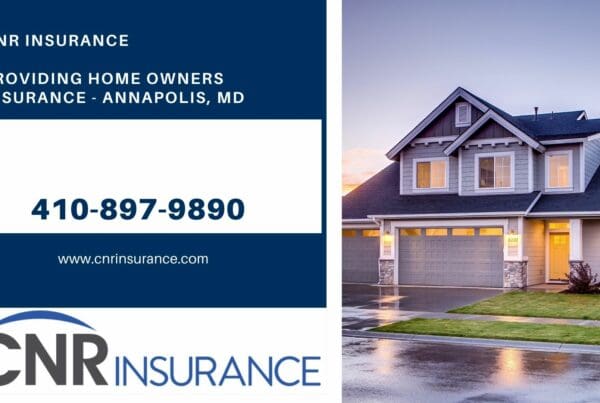As a new condo owner, you’re probably very proud of your new residence and looking forward to enjoying condo living. Before you do that, you’ll want to lock in your condo insurance coverage.
Terry McConnell, vice president, Personal Lines Underwriting, at Erie Insurance, recently shared some top tips when it comes to insuring your condo.
Is condo insurance really that different from homeowners or renters insurance?
TM: As a condo owner, you have both individual and joint ownership of a building. You jointly own the outside shell of the structure along with other condominium unit owners. Individually, you own your own unit. Homeowners and renters don’t have this sort of situation.
Because of this, you need specialized coverage. These include personal property and the structural elements (real property/building additions and alterations). It also includes the common elements as part of the condominium association, like the outside structure and the common grounds that make up the property.
What do you need to know when insuring your condo?
TM: The condo association is made up of all the unit owners who own the outside shell of the structure—that is typically insured separately by the association. As a condo unit owner, you have purchased inside space in that shell. The unit you own creates insurable interests that the unit owner has to insure individually on a condominium unit owners policy.
The association’s structural elements (outside shell) and the unit owner’s space stop and start at some place that’s defined by the association bylaws. For example, the association’s shell may stop at the 2 x 4 studding; in this scenario, the unit owner would be responsible for the drywall and any part of the structure inside, such as cabinets and wall-to-wall carpeting. The bylaws clearly define the insurable interests of the association and the unit owner.
Another unique situation a condo owners can face is a loss assessment. As a member of the condominium association, you may become responsible for an unexpected assessment from the association. If wind damage to the roof is $50,000 and the association’s insurance policy has a $10,000 policy deductible, each unit owner may be assessed their portion of the $10,000 that is not covered by the association’s policy. This is where loss assessment coverage can help out.
Is it really that important to know my condo association’s bylaws?
TM: Every set of bylaws is different and must be understood so that you know what you need to insure.
To add complexity to all this, there are several states (such as Pennsylvania and Maryland) that have passed Condominium Acts that define the insurable interests of the association and the unit owner. The Condominium Acts basically override the bylaws. They say the entire structure was—and still is—the responsibility of the association from the time the condominium was originally built. This is regardless of whether the bylaws make part of the structure the unit owner’s responsibility.
Condo insurance can be complex. Cut through the confusion by contacting your CNR insurance agent to learn more and get a free quote.

